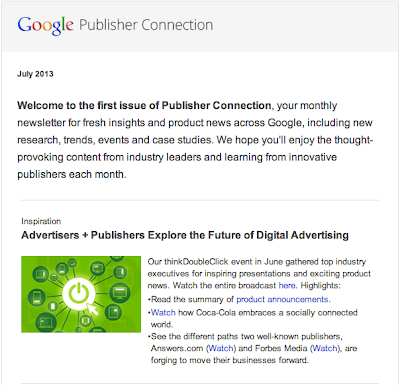Yesterday, the Media Rating Council (MRC) announced that it is lifting its advisory on transacting on viewability for display advertising, originally issued in November 2012. In taking this step, the MRC is signaling that great strides have been made toward the goal of transacting display advertising using viewable impressions, and the industry is ready to begin the process of adopting viewable impressions as a standard metric. We applaud this move and are thrilled to see the industry move closer to the reality of a true viewability currency.
Google has been a longtime supporter of this effort and we’ve partnered with the industry, the Media Rating Council and the IAB, as part of the Making Measurement Make Sense (3MS) initiative, to help guide the definition and adoption of a viewable impression standard. Last April our viewability measurement solution Active View received accreditation by the Media Rating Council and, in the coming months, we’ll be making Active View reporting available to all DoubleClick customers across our platform. We believe that giving marketers, agencies and publishers access to a common, integrated viewable impression metric will set the foundation for viewable impressions to become an actionable currency.
But measurement alone will not make viewable impressions a currency. To become a currency we need technology that allows advertisers and publishers to not only measure, but also transact on viewable impressions. In December, we took our first step toward making viewable impressions a true currency by giving advertisers the ability to target and buy only viewable impressions on the Google Display Network. We’ve seen a strong positive response as thousands of advertisers and brands have adopted viewable impression buying on our network, but we’re not stopping there. We’re investing heavily in Active View and working quickly to enable our DoubleClick platform clients to value, buy, sell, serve and optimize to viewable impressions across the web.
The MRC announcement represents an important milestone in the journey towards a viewable currency. As marketers and agencies adopt the viewable standard we can start to build a new display market that is more transparent and actionable for brand marketers.
Posted by Sanaz Ahari, Senior Product Manager

